| Full Name | Diego Rodríguez de Silva y Velázquez |
| Date of Birth | Baptized 6 June 1599 |
| Place of Birth | Seville, Spain |
| Date of Death | 6 August 1660 |
| Place of Death | Madrid, Spain |
| Nationality | Spanish |
| Known For | Painting |
| Notable Works | The Surrender of Breda (1634–35), Rokeby Venus (1647–1651), Portrait of Innocent X (1650), Las Meninas (1656), Las Hilanderas (c. 1657) |
| Art Movement | Baroque |
| Early Influences | Trained by Francisco Pacheco |
| Early Life | Born in Seville to modest circumstances; early gift for art |
| Apprenticeship | Apprenticed to Francisco Pacheco starting in 1611 |
| Marriage | Married Juana Pacheco in 1618 |
| Children | Two daughters: Francisca de Silva Velázquez y Pacheco and Ignacia de Silva Velázquez y Pacheco |
| Career | Leading artist in the court of King Philip IV of Spain and Portugal |
| Style | Began with a precise tenebrist style, later developed freer manner with bold brushwork |
| Influence | Model for 19th-century realist and impressionist painters; influenced 20th-century artists like Picasso, Dalí, and Bacon |
| Legacy | Most works in the Spanish royal collection; best collection in Museo del Prado, Madrid |
| Patron | King Philip IV of Spain |
| Knighthood | Knighted in the Order of Santiago in 1658 |
| Cultural Impact | Paintings became a model for future artists and are considered significant in Western art history |
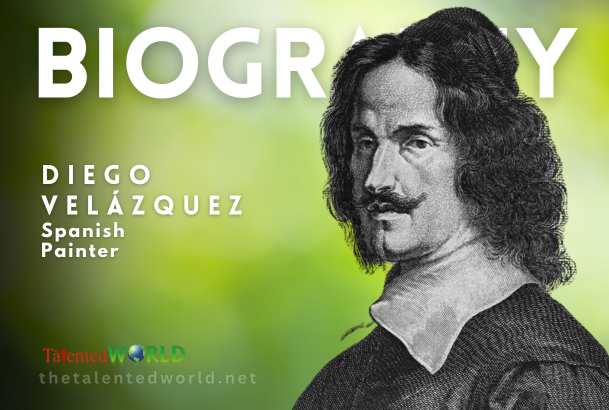

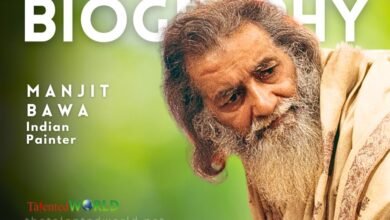
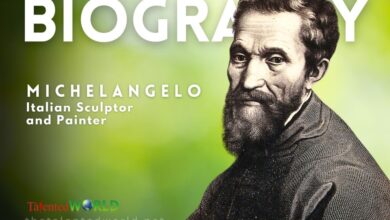

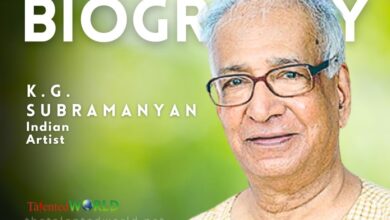
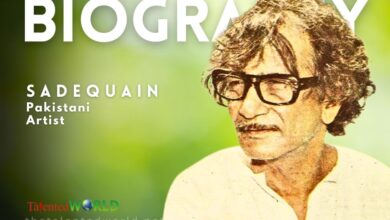
You actually make it appear so easy along with your presentation however I find this matter to be really
one thing that I believe I’d never understand. It sort of feels too complicated and very wide for me.
I’m looking forward for your next submit, I’ll try
to get the hold of it!